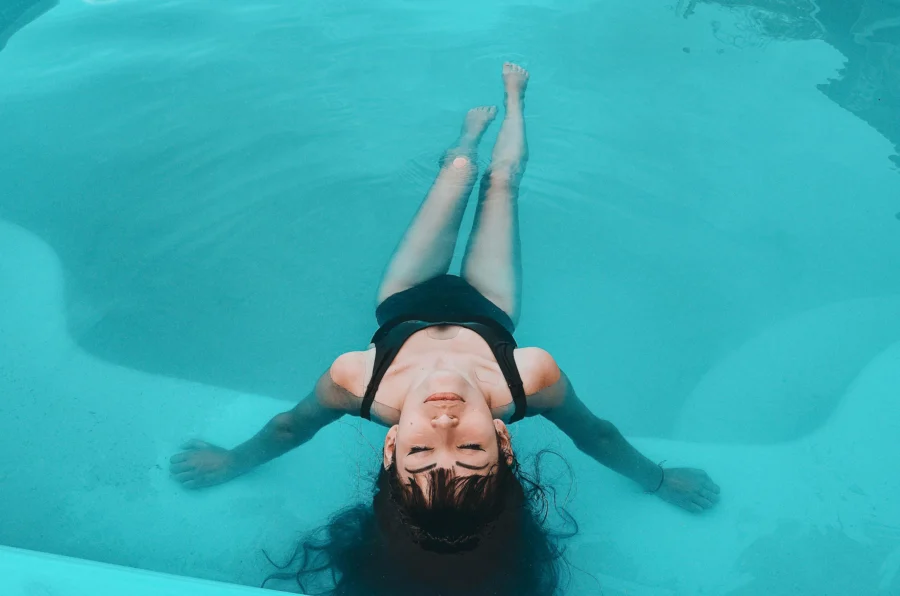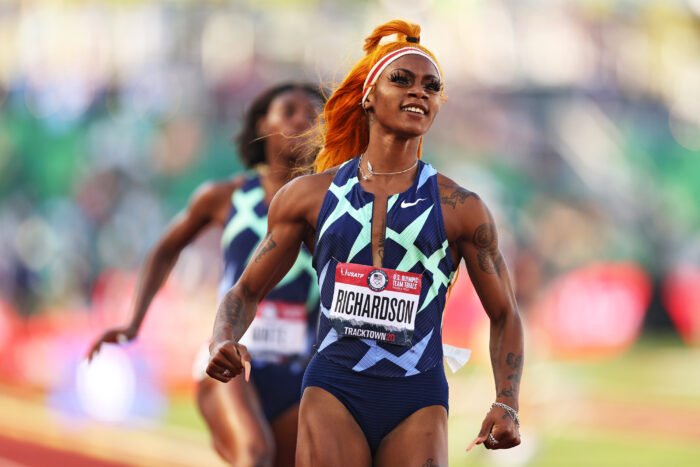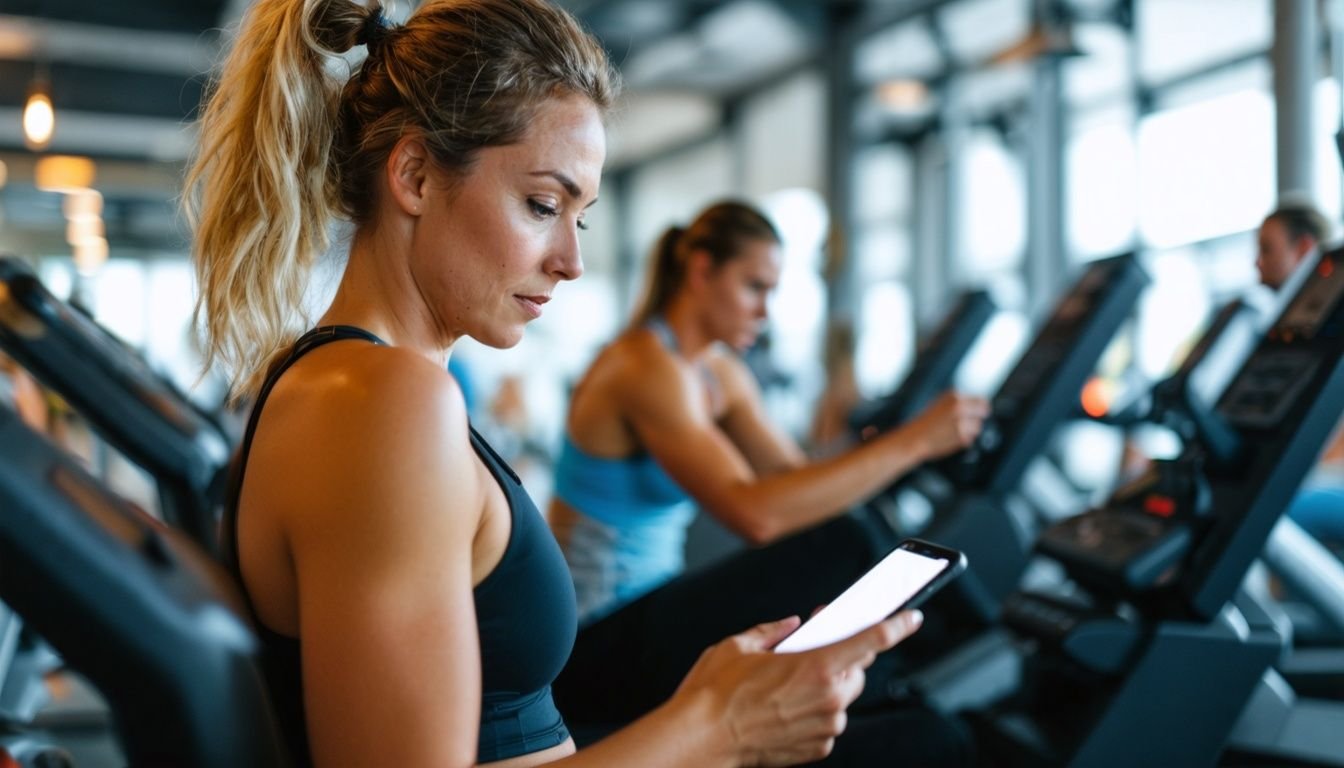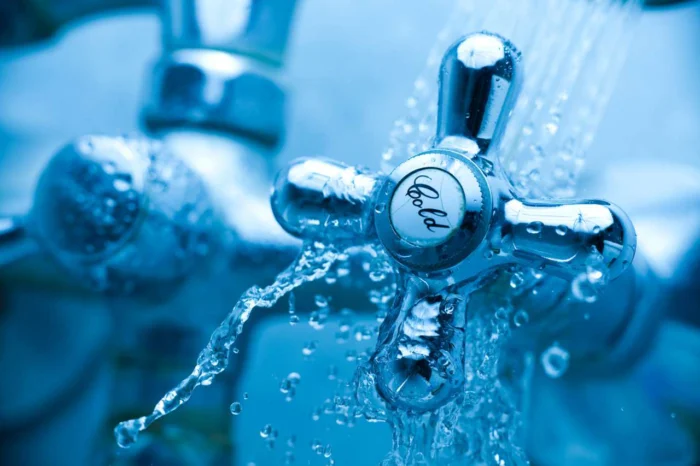If you’re looking to achieve a lean and strong physique, look no further than the world of swimming. Known for sculpting some of the most well-toned bodies, swimming is not only a fun pastime, but also a powerful full-body workout. By harnessing the resistance of water, swimmers engage multiple muscle groups while improving cardiovascular endurance. In this article, we will explore the key elements to building the perfect swimmer physique, from strength and conditioning exercises to proper nutrition, to help you reach your goals and make a splash in and out of the water.
Building Muscular Endurance
High-Volume Training
To develop muscular endurance for swimming, high-volume training is key. This type of training involves performing a high number of repetitions and sets with lighter weights. By focusing on high repetition ranges, typically around 12-15 reps per set, you can improve your muscular endurance. Incorporate exercises such as light dumbbell curls, tricep extensions, and lateral raises into your training routine.
Interval Training
Interval training is an effective way to build muscular endurance while also improving cardiovascular fitness. This type of training involves alternating between periods of high-intensity effort and recovery. For example, you can alternate between swimming at a fast pace for 30 seconds and then swimming at a slower pace for 30 seconds to recover. This helps to challenge your muscles and improve their ability to sustain activity over an extended period of time.
Swimming with Resistance Bands
Intensify your swimmer physique training with the incorporation of resistance bands. These versatile tools can be affixed to your body or anchored to the pool deck, amplifying the resistance experienced during your swim sessions. As you propel yourself through the water against this added resistance, your muscles engage more deeply, fostering greater endurance and strength development. For optimal results, integrate swimming with resistance bands into your weekly training regimen, aiming for consistency to witness noticeable improvements in muscular endurance and overall performance.
Improving Cardiovascular Fitness
Aerobic Conditioning
Improving your cardiovascular fitness is crucial for swimming performance. Aerobic conditioning focuses on activities that increase your heart rate and breathing for an extended period of time. Incorporate activities such as running, cycling, or using an elliptical machine into your training routine to improve your cardiovascular fitness. Aim for at least 30 minutes of continuous activity, three to five times a week.
Interval Training
Interval training, as mentioned earlier, is not only beneficial for building muscular endurance but also for improving cardiovascular fitness. By incorporating intervals of high-intensity exercise followed by periods of recovery, you can push your cardiovascular system to its limits and improve its overall efficiency. This can be done by performing exercises such as sprinting or cycling at a high intensity for a short period of time, followed by a longer period of low-intensity exercise for recovery.
Cross-Training
Cross-training involves participating in different types of physical activities to improve overall fitness. By adding variety to your training routine, you can challenge your cardiovascular system in new ways. Consider incorporating activities such as hiking, dancing, or even playing a sport like basketball into your routine. Not only will this help improve your cardiovascular fitness, but it will also prevent boredom and keep you motivated.
Developing Core Strength
Plank Exercises
Core strength plays a crucial role in swimming, as it helps to stabilise your body in the water and maintain proper technique. Plank exercises are a fantastic way to develop core strength. To perform a plank, start by lying face-down on the ground. Then, prop yourself up on your forearms and toes, maintaining a straight line from your head to your heels. Hold this position for as long as you can, aiming for at least 30 seconds to start. As you get stronger, gradually increase the duration of your planks.
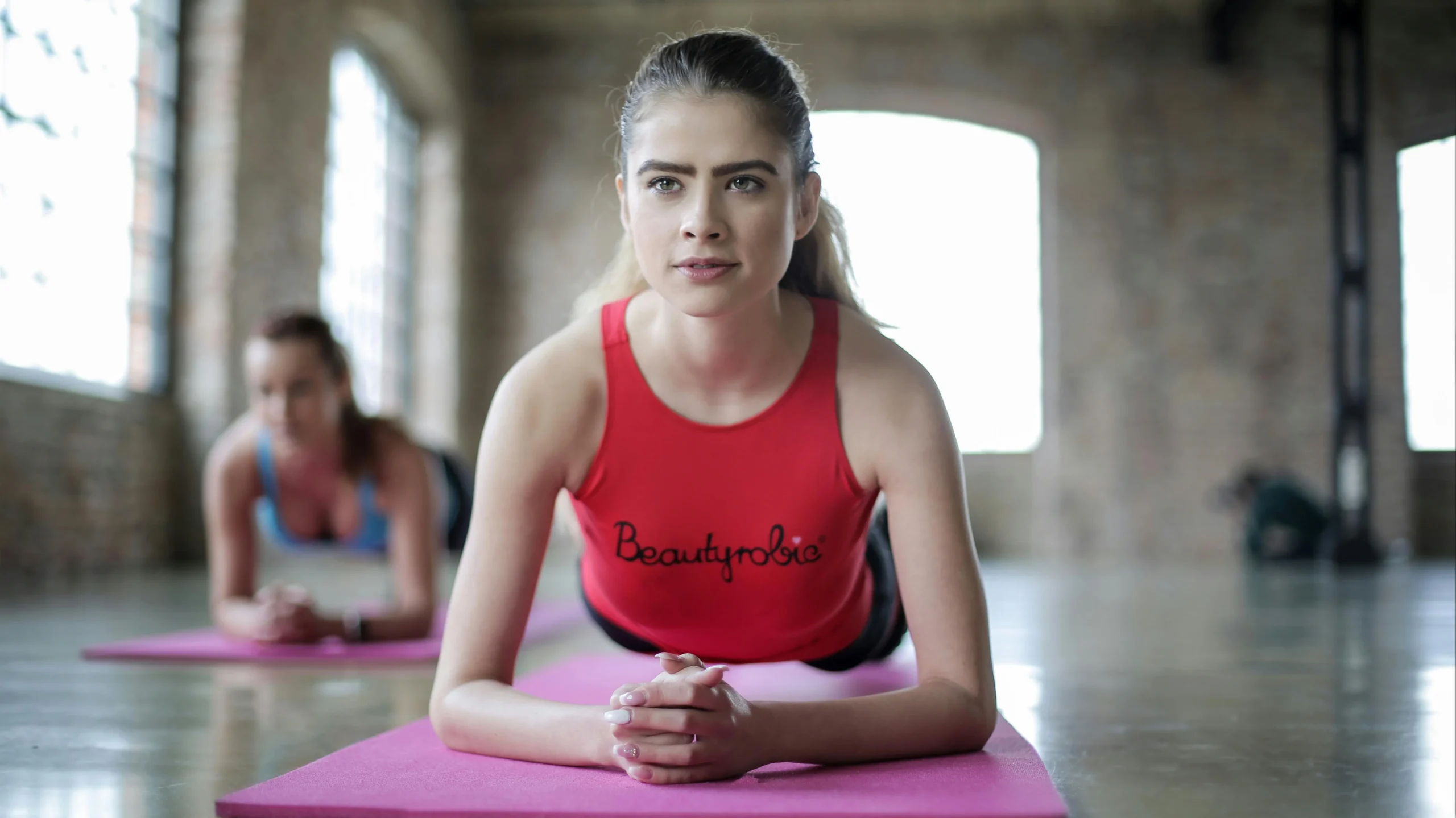
Russian Twists
Russian twists target the obliques, which are the muscles on the sides of your abdomen. To perform this exercise, sit on the ground with your knees bent and feet flat. Lean back slightly while keeping your back straight and lift your feet off the ground. From here, twist your torso from side to side, tapping the ground on each side with your hands. Start with a light medicine ball or dumbbell to increase the difficulty as you progress.
Flutter Kicks
Flutter kicks are a great exercise for targeting the lower abs and hip flexors. To perform this exercise, lie flat on your back with your legs straight. Lift your feet a few inches off the ground and alternate kicking your legs up and down in a rapid, scissor-like motion. Focus on keeping your core engaged throughout the exercise. Start with shorter sets and gradually increase the duration as your strength improves.
Enhancing Upper Body Strength
Pull-Ups
Pull-ups are a challenging yet effective exercise for building upper body strength. This exercise targets the back, shoulders, and arms, which are all important muscle groups for swimming. To perform a pull-up, grab a horizontal bar with an overhand grip, slightly wider than shoulder-width apart. Hang with your arms straight and pull your body up towards the bar, keeping your back straight and driving your elbows down towards your hips. If you’re unable to perform pull-ups initially, start with assisted pull-ups using a resistance band or machine.
Push-Ups
Push-ups are a classic exercise that targets the chest, shoulders, and arms. They can be done anywhere, making them a convenient and effective exercise for building upper body strength. To perform a push-up, start in a plank position with your hands slightly wider than shoulder-width apart. Lower your body towards the ground by bending your elbows, then push back up to the starting position. Focus on keeping your core engaged and maintaining a straight line from your head to your heels.
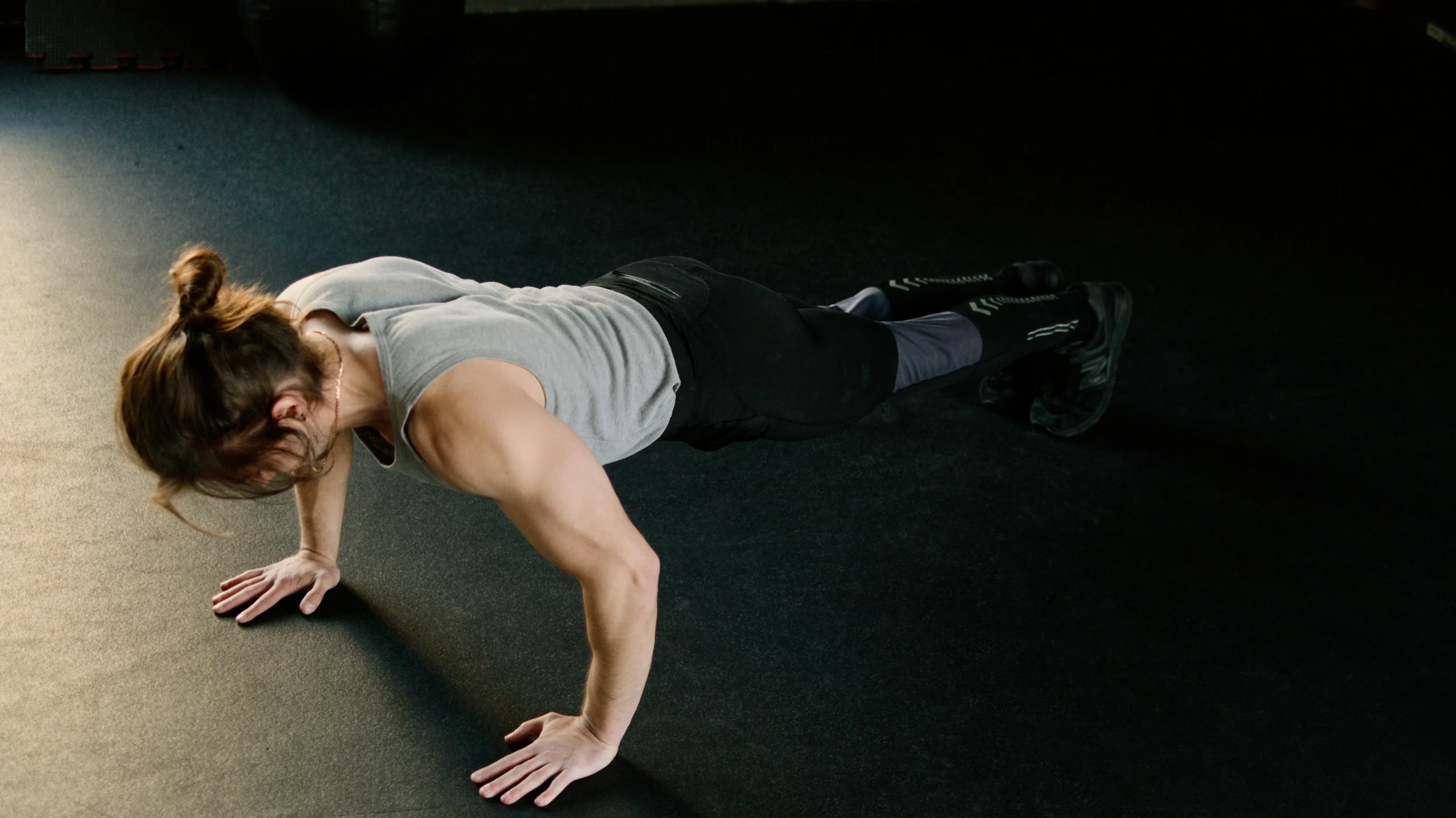
Dumbbell Exercises
Incorporating dumbbell exercises into your training routine is a great way to target specific muscle groups in the upper body. Exercises such as dumbbell rows, shoulder presses, and bicep curls can help to strengthen the back, shoulders, and arms. Start with lighter weights and gradually increase the resistance as you become stronger. Aim for 2-3 sets of 8-12 reps for each exercise.
Building Lower Body Strength
Squats
Squats are a compound exercise that targets the quadriceps, hamstrings, and glutes. These muscles are essential for generating power and propulsion in the water. To perform a squat, stand with your feet shoulder-width apart and toes pointing slightly outward. Lower your body down by bending at the knees and hips, keeping your chest lifted and weight in your heels. Go as low as you can while maintaining proper form, then push through your heels to return to the starting position.
Lunges
Lunges are another great exercise for targeting the lower body, specifically the quadriceps, hamstrings, and glutes. To perform a lunge, start by standing with your feet hip-width apart. Take a step forward with one foot and lower your body down by bending both knees. Keep your front knee in line with your toes and your back knee just above the ground. Push through your front heel to return to the starting position, then repeat on the other side.
Kickboard Workouts
Using a kickboard during your swimming workouts can help to isolate and strengthen the muscles in the lower body. By kicking vigorously with your legs while holding onto the kickboard, you are challenging your leg muscles and improving their strength. Incorporate kickboard workouts into your training routine a few times a week, focusing on maintaining a strong and steady kick.
Improving Flexibility
Dynamic Stretches
Dynamic stretches involve moving parts of your body through a full range of motion. They help to improve flexibility and prepare your muscles for activity. Incorporate dynamic stretches into your warm-up routine before each swimming session. Some examples of dynamic stretches include arm circles, leg swings, and trunk twists. Perform each stretch for about 10-15 repetitions.
Yoga
Yoga is a great way to improve flexibility, balance, and overall body awareness. It combines stretching, strengthening, and breathing exercises to promote physical and mental well-being. Incorporate yoga into your training routine at least once or twice a week. Look for classes or online videos specifically designed for swimmers, as they will focus on movements and poses that are beneficial for the sport.
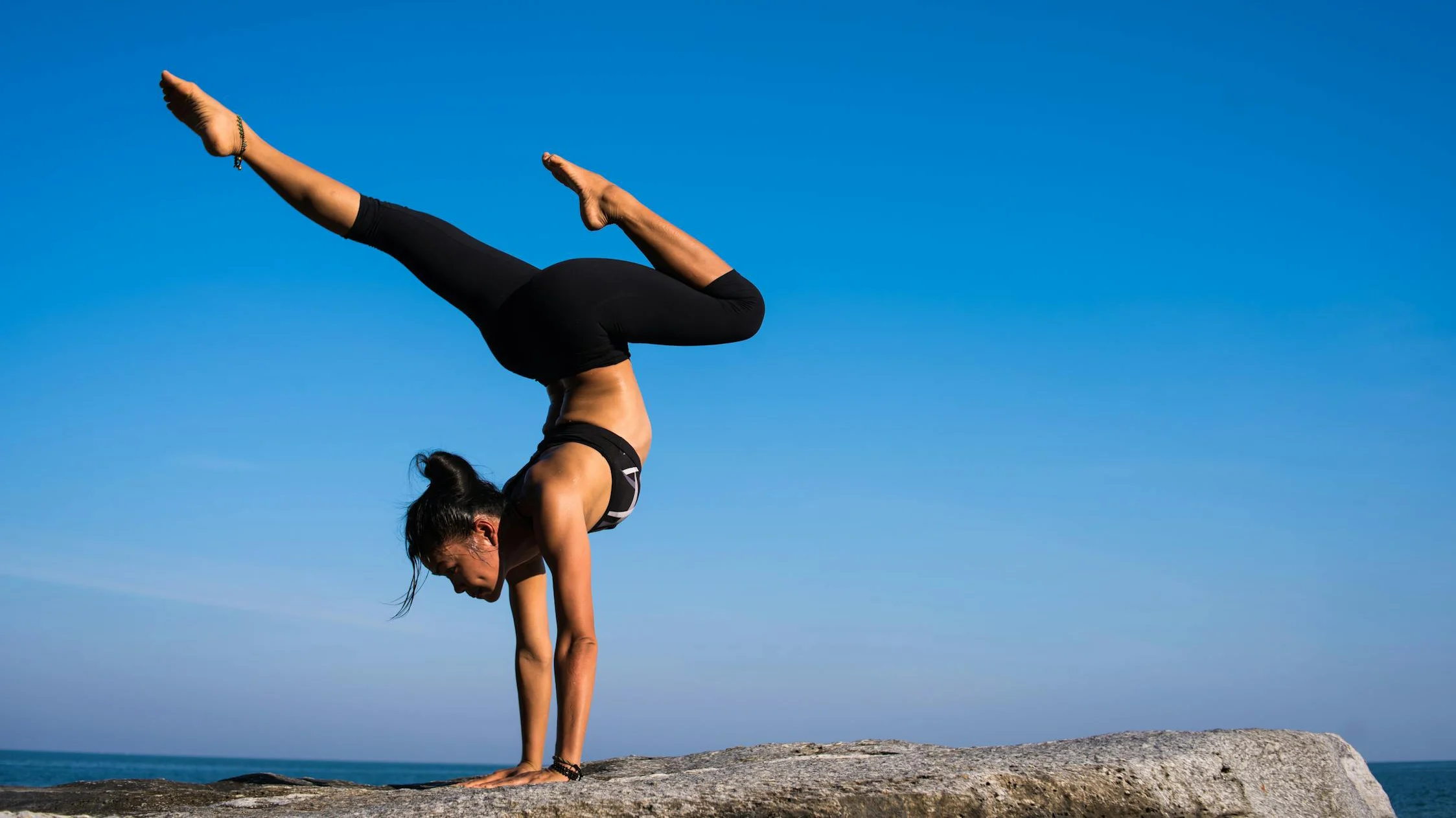
Foam Rolling
Foam rolling, also known as self-myofascial release, is a technique that helps to release tension in the muscles and improve flexibility. It involves using a foam roller to apply pressure to different areas of your body. Roll slowly over tight or sore muscles, pausing on any areas that feel especially tender or tight. Foam rolling can be done before or after your swimming workouts to help improve flexibility and reduce muscle soreness.
Optimising Stroke Technique
Video Analysis
Enhancing your stroke technique is crucial for developing a swimmer physique that excels in the water. Harness the power of video analysis to meticulously dissect every aspect of your swimming form. By recording your swim sessions and thoroughly reviewing the footage, you can identify subtle nuances and areas where your technique may be lacking. Pay close attention to elements such as body position, hand entry, arm pull, and leg kick, as each plays a pivotal role in your overall performance.
Once you’ve identified areas for improvement, don’t hesitate to seek guidance from a seasoned coach or swim instructor. Their expertise can provide invaluable insights and tailored feedback to help you refine your technique effectively. Together, you can work on implementing adjustments and fine-tuning your approach to swimming, ensuring that you’re maximising your potential in the water.
By committing to regular video analysis and collaborating with knowledgeable mentors, you’ll not only enhance your stroke technique but also lay the foundation for a swimmer physique that’s strong, efficient, and poised for success in any aquatic endeavour.
Drills and Technique Work
Incorporating drills and technique work into your swim workouts can greatly enhance your stroke technique. These drills are designed to isolate specific aspects of your stroke and allow you to focus on improving them. For example, if you struggle with your arm pull, you can incorporate one-arm drills where you swim with only one arm while the other arm remains extended in front of you. By practicing these drills consistently, you can make significant improvements in your stroke technique.
Stroke Correction
Working with a knowledgeable coach or swim instructor can greatly help in correcting any flaws or inefficiencies in your stroke technique. They can provide specific feedback and guidance based on your individual needs. A coach can help you identify areas for improvement and provide drills and exercises to address them. Regular feedback and practice will ultimately lead to improved stroke efficiency and overall swimming performance.
Maintaining a Balanced Diet
Adequate Protein Intake
Protein is crucial for muscle repair and growth, making it essential for swimmers looking to build and maintain muscle mass. Aim to consume a sufficient amount of protein with each meal. Good sources of protein include lean meats, poultry, fish, eggs, dairy products, legumes, and tofu. Additionally, consider incorporating a protein shake or bar into your post-workout routine to aid in muscle recovery.
Carbohydrate Timing
Carbohydrates are the body’s primary source of energy, making them crucial for swimmers who engage in high-intensity workouts. To optimise your performance, focus on consuming carbohydrates before and after your swim sessions. This allows your body to replenish glycogen stores and provides the fuel needed for optimal performance in the water. Good sources of carbohydrates include fruits, vegetables, whole grains, and legumes.
Hydration
Staying hydrated is essential for optimal performance and overall health. As a swimmer, it’s important to drink water before, during, and after your workouts to maintain proper hydration. Dehydration can negatively impact your performance and increase the risk of injury. Aim to drink at least eight cups (64 ounces) of water per day, and adjust your intake based on your individual needs and the intensity of your workouts.
Incorporating Strength Training
Weightlifting
Incorporating weightlifting into your training routine can help to increase strength and power, both of which are beneficial for swimming. Focus on compound exercises such as deadlifts, squats, bench presses, and rows to target multiple muscle groups simultaneously. Start with light weights and gradually increase the resistance as you become stronger. Aim to strength train at least two to three times per week, allowing for rest days in between.
Resistance Training
In addition to weightlifting, resistance training can be beneficial for swimmers. This type of training involves using resistance bands or other forms of resistance to challenge your muscles. Resistance training can be done both in and out of the water and is a great way to increase muscular endurance. Incorporate exercises such as resistance band pulls, push-ups with a resistance band, and bicep curls with resistance bands into your routine.
Circuit Training
Circuit training involves performing a series of exercises back-to-back with minimal rest in between. This type of training can be beneficial for swimmers as it combines strength training and cardiovascular exercise into one workout. Create a circuit that includes a variety of exercises targeting different muscle groups, such as squats, push-ups, lunges, and planks. Perform each exercise for a set amount of time or repetitions before moving on to the next, with minimal rest in between.
Adopting a Periodised Training Program
Macrocycle Planning
A macrocycle is a long-term training plan that spans several months or even a year. It outlines various training phases and goals throughout the year to help you peak at the right time. When building a macrocycle for swimming, consider your competition schedule and prioritize certain training phases for specific events. For example, a macrocycle may include a base training phase, a strength-building phase, a technical focus phase, and a tapering phase leading up to important competitions.
Mesocycle Progression
A mesocycle is a shorter training phase within the macrocycle. It typically lasts a few weeks to a few months and focuses on a specific aspect of training. For example, a mesocycle may focus on building endurance, developing speed, or improving technical skills. As you progress through each mesocycle, gradually increase the intensity, volume, or specificity of your training to continually challenge your body and promote improvement.
Deload Weeks
Deload weeks are scheduled periods of reduced training intensity or volume to allow your body to recover and adapt to previous training loads. These rest periods are crucial for preventing overtraining and reducing the risk of injury. During a deload week, you may decrease the number of training sessions, reduce the weight or intensity of exercises, or simply engage in lighter, more recovery-focused activities such as swimming drills or yoga. Plan deload weeks every 4-6 weeks, depending on your training intensity and individual needs.
Conclusion
In conclusion, building a perfect swimmer physique requires a comprehensive approach that incorporates various aspects of fitness and training. By focusing on muscular endurance, cardiovascular fitness, core strength, upper and lower body strength, flexibility, stroke technique, nutrition, strength training, and adopting a periodised training program, you can optimise your performance in the water and work towards achieving your goals as a swimmer. Remember, consistency, patience, and proper technique are key in the journey towards building the perfect swimmer physique. Dive in and enjoy the process!

